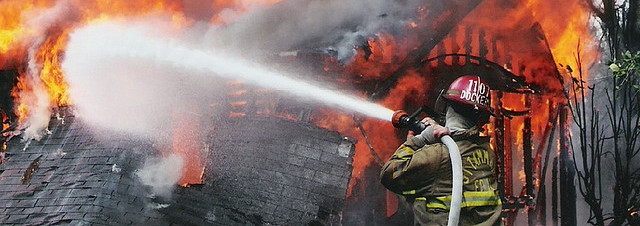As I have noted previously, the crisis communications plan is the primary physical output of the crisis planning process. While the specifics of the plan are determined by the nature of the organization, its industry or activity, its history, and its current environment, there is a basic structure that most plans adhere to.
The purpose of the plan is to improve the organization’s performance in dealing with an actual crisis through the creation of pre-approved materials and standard operating procedures (SOP) that can be acted on without discussion or debate. The key to success in a crisis situation today is largely based on the speed with which the organization can respond and the coherence and efficacy of that response. A well-structured and up-to-date plan should be able to significantly reduce response time and mitigate the risk of stress induced error on the part of the crisis communications team. The logic of having SOPs and detailed plans has long informed military, police and other emergency service organizations.
The components of the plan will be briefly introduced below and presented in greater detail in later posts.
The Standard Components of the Crisis Communications Plan
I Introduction – A statement by senior management that reminds the readers of the organization’s mission and/or vision and reiterates the importance of the organization’s reputation. This is often linked to a statement that crisis preparedness and response is the responsibility of every member of the organization and especially those who have been provided with the crisis communications plan.
II Instructions – A set of instructions on how to use the crisis communication plan document including a review of the logic of the document’s organization. There is often a quick reference guide to the key elements of the plan.
III Risk Assessment – An overview of the primary types of risk facing the organization, their relative likelihood, and the mitigation steps that have been taken to address these risks. This section should be periodically updated as the organization’s risk environment is subject to change due to a range of both internal and external factors.
IV Contact Lists – Detailed contact information, with annotation regarding previous engagements, with various stakeholders that could be relevant during a crisis situation. These lists might include:
- The organization’s crisis team
- Other senior management
- Employee and/or union representatives
- Local police contacts
- Other emergency services
- Local regulatory contacts
- Major trade organizations
- Key media outlets (general)
- Friendly journalists/editors
V Checklists – Pre-determined checklists of immediate actions to be taken in the event of various crises. These should include priority notifications to both internal and external stakeholders and specific information to be gathered as soon as the crisis situation is recognized.
VI Step-by-Step Procedures – A series of guides that carefully and thoroughly explain how to accomplish specific crisis communications tasks. These should be designed at a level of detail that would allow an employee who is not a regular part of the crisis communications team to function effectively. Examples of procedures include:
- Process for establishing the crisis communications center
- Informing and rallying the crisis communications team
- Securing approval for the initial crisis holding statement
- Issuing a press release regarding the crisis
VII Templates of Key Communications Materials – A set of ‘fill in the blank’ templates of the standard internal and external communications documents necessary for the immediate handling of a crisis situation. These documents can be completed using the information gathered as a result of following the relevant checklist referenced in section V above. Some of the standard communications documents include:
- Initial holding statement
- Initial media statement for company spokesperson
- Initial press release
- Q&A (for both internal and external stakeholders)
VIII Forms and Logs – A set of standard forms and log sheets to capture information that will be required for the effective handling of the crisis, reporting to internal and external stakeholders regarding actions taken during the crisis, and conducting the crisis post-mortem. Examples of forms and logs include:
- Media call and response log
- Witness information form (for use with employees)
- Meeting notes forms
- Materials distribution log (for use with both internal and external stakeholders)
IX Background Information – A collection of materials related to the organization, its history, its products/services, management and social responsibility programs among other things. This material can be used to facilitate the fast and accurate creation of crisis communications materials as well as be used to brief spokespeople prior to media engagements.
X Crisis Communications Center Information – Details on the specific resources that the crisis communications team can access during a crisis situation. This would include the rooms available for their use, computers, supplies, transportation, and administrative support. It may also include access to corporate social media accounts and websites.
XI Post-Crisis Report Format – A template report to be prepared immediately after the crisis situation has been resolved. This template includes sections for actions taken, results and key learnings and a section on recommendations for improvement to be shared with senior management.
